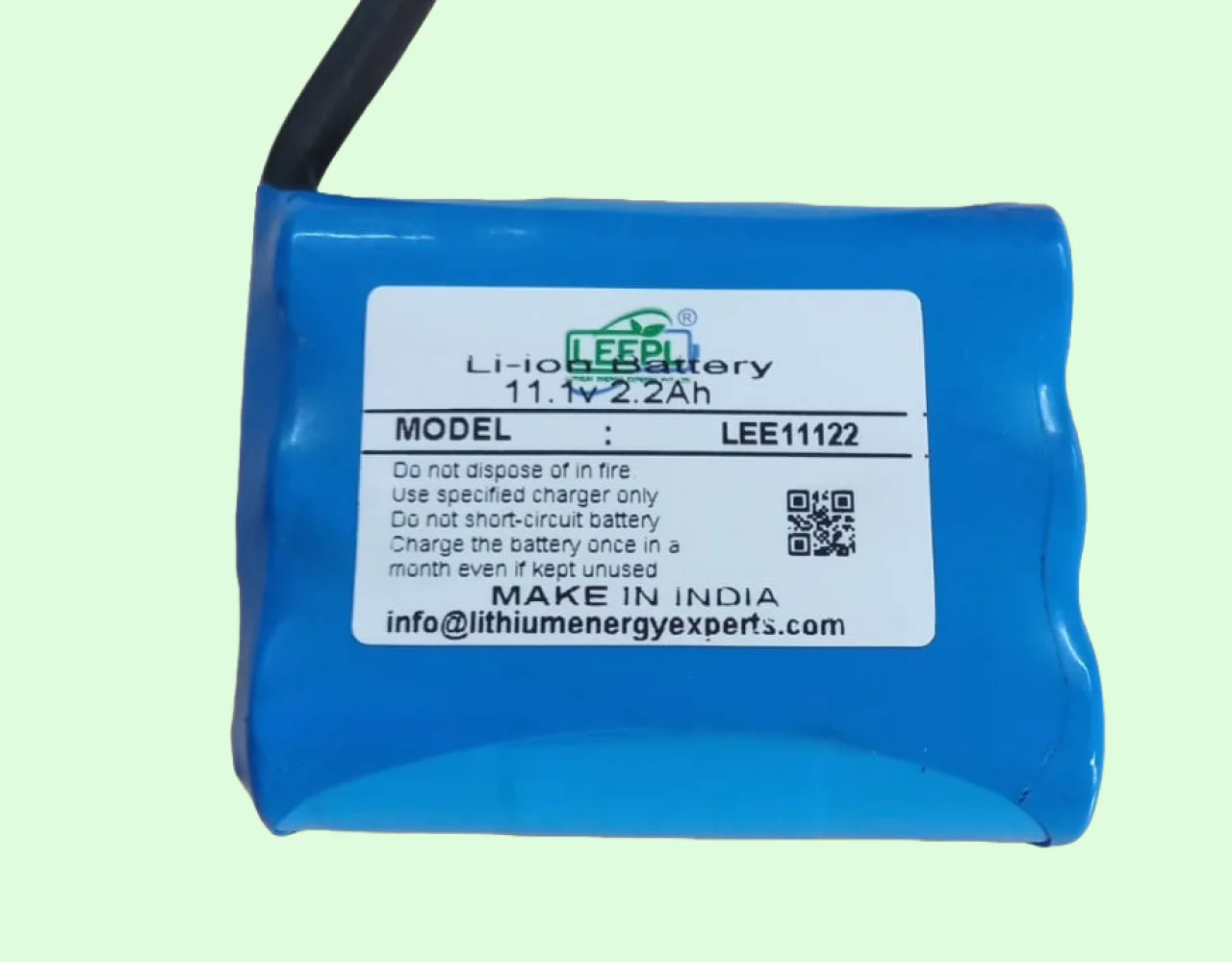


A lithium-ion battery is a rechargeable electrochemical cell that utilizes lithium ions moving between the anode and cathode. It operates on the principles of intercalation and deintercalation. The electrolyte is usually a lithium salt dissolved in an organic solvent, enabling ion transport. These batteries offer high energy density, low self-discharge, and are widely used in portable electronics, electric vehicles, and energy storage systems.
At its core, a lithium-ion battery consists of an anode, a cathode, an electrolyte, and a separator.
During discharge, lithium ions move from the anode (typically graphite) to the cathode (commonly a lithium metal oxide), generating an electric current via the external circuit. During charging, an external voltage drives ions back to the anode, storing energy. Key components include the separator (preventing short circuits), electrolyte (conducting ions), and current collectors (facilitating electron flow).
One of the primary benefits of lithium-ion batteries is their high energy density. This means they can store a lot of energy in a relatively small space. For instance, a typical lithium-ion battery can hold up to 150 watt-hours per kilogram, which is significantly higher than other rechargeable batteries like nickel-cadmium.
Lithium-ion batteries are also known for their longevity. They can endure hundreds of charge and discharge cycles before their performance starts to degrade. Moreover, they require minimal maintenance, making them a convenient choice for consumers.
In today's fast-paced world, waiting for devices to charge can be frustrating. Lithium-ion batteries have addressed this issue by offering rapid charging capabilities. Some modern smartphones can charge up to 50% in just 30 minutes, thanks to advancements in lithium-ion technology.
While the benefits are undeniable, the environmental impact of lithium-ion batteries cannot be ignored. Mining lithium, cobalt, and other materials used in these batteries can lead to significant environmental degradation.
With only 5% of lithium-ion batteries being recycled, there's a pressing need to improve recycling processes. Proper recycling can recover valuable materials and reduce the demand for new raw materials. For example, one ton of recycled lithium-ion batteries can yield 130 kilograms of lithium, which is a significant amount when considering the growing demand for these batteries.
From smartphones to laptops, lithium-ion batteries are the go-to power source for portable electronics. Their compact size and high energy density make them ideal for devices that need to be lightweight and long-lasting.
The rise of electric vehicles (EVs) has been largely driven by advancements in lithium-ion battery technology. EVs powered by lithium-ion batteries offer longer driving ranges and faster charging times compared to earlier battery technologies.
As the world shifts towards renewable energy sources, the need for efficient energy storage solutions is paramount. Lithium-ion batteries are increasingly being used to store energy generated from solar and wind power, helping to stabilize the grid and ensure a steady power supply.
